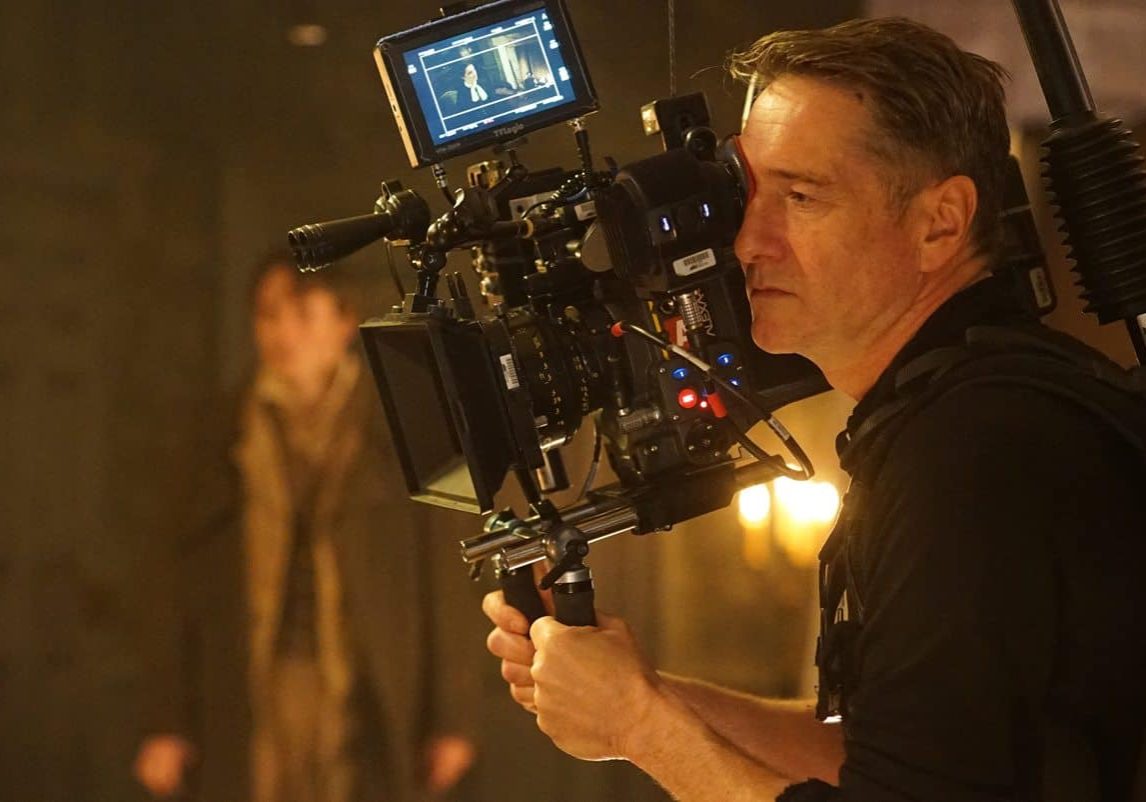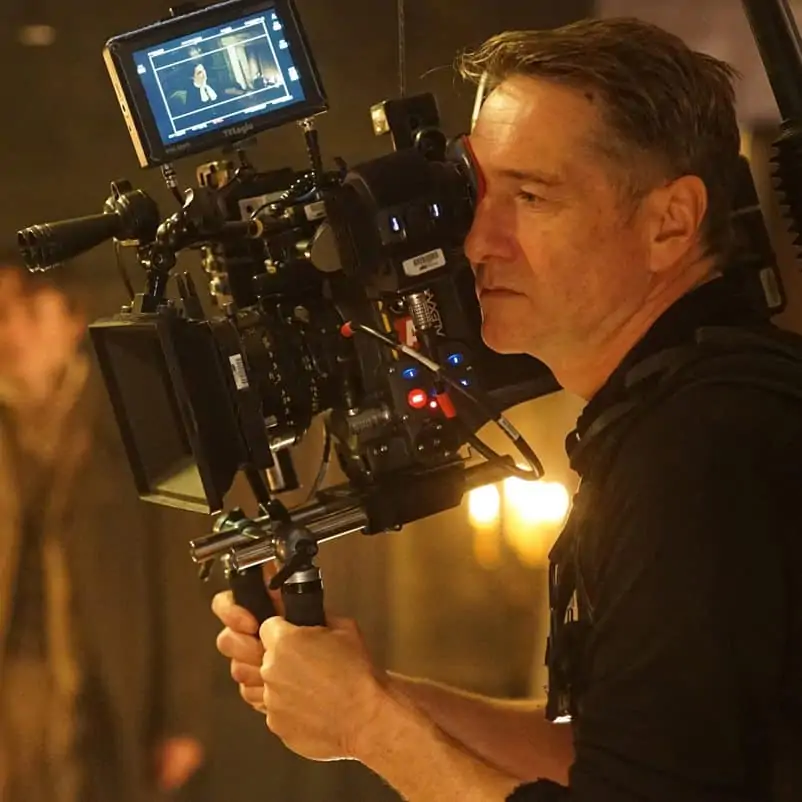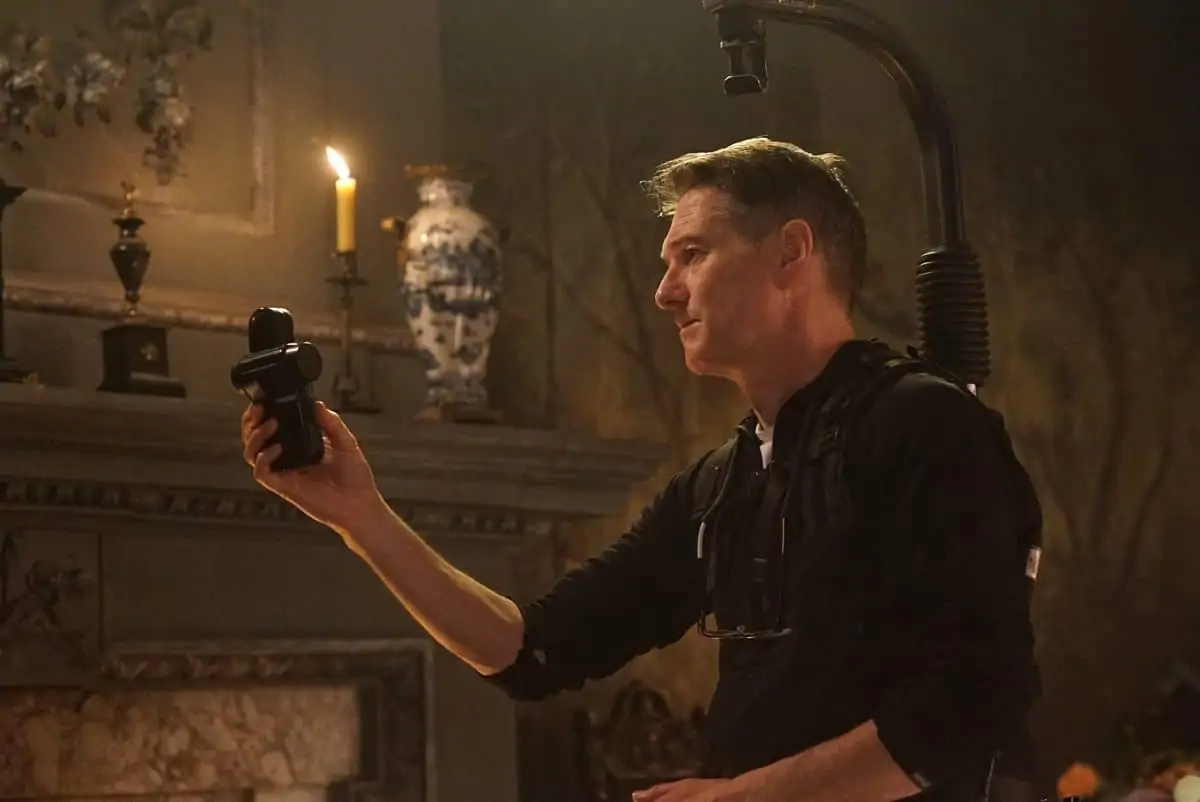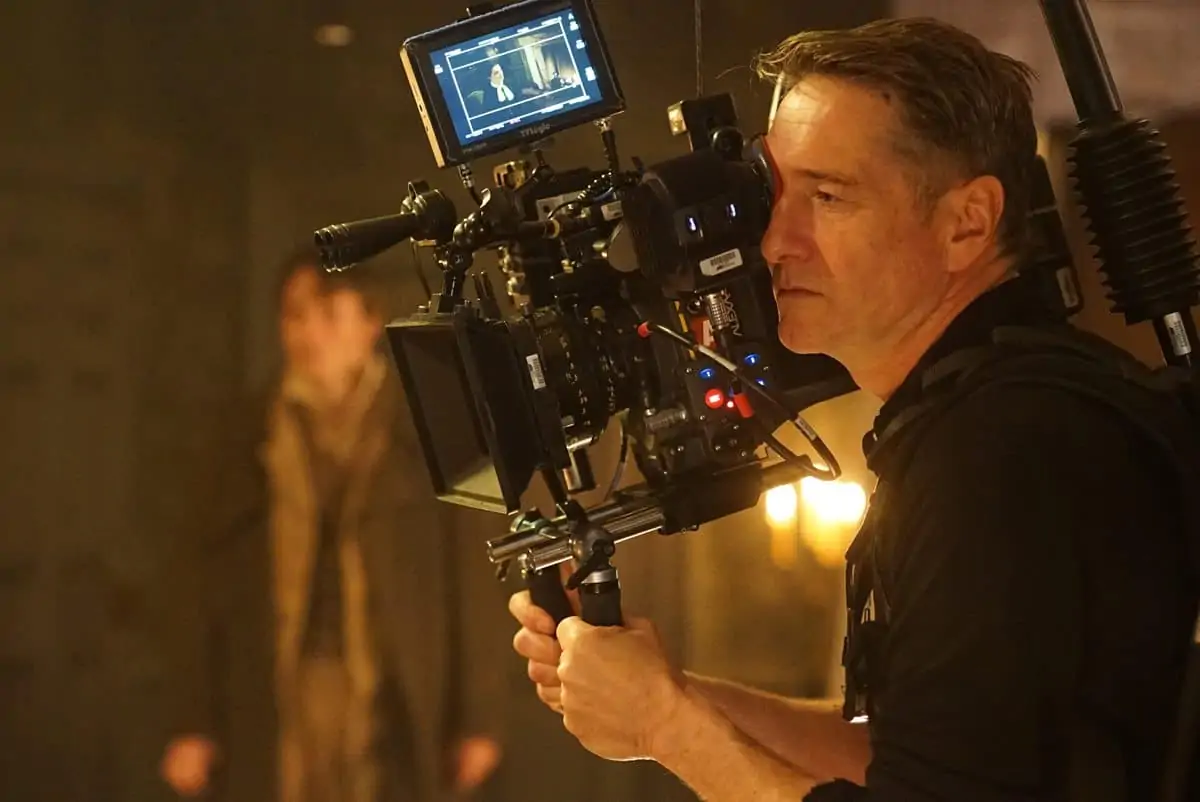Tipping point?
Mike Eley BSC / President's Perspective

Tipping point?
Mike Eley BSC / President's Perspective
Operators Night, one of the BSC’s premiere social evenings of the calendar, was held in early December last year. The venue was the Langham Hotel in the West End. A large ballroom, with thirty or so tables, each sitting ten people, it was the largest Operators Night the society had ever held. It was a good night with friends and colleagues meeting up again, and new acquaintances being made over fine food and wine. Awards were given out and toasts made, in particular to the memory of Mark Milsome. Thousands of pounds were raised for the Great Ormond Street Children’s Hospital by the auction of one item alone. In every respect, it was a memorable and very enjoyable evening.
But among all the chatter, gossip and catching-up that swirled around that evening, one off-the-cuff remark lodged itself in my brain. It wasn’t revelatory in itself, because the crux of it has been on my - and many others’ - minds for some time. The remark? A simple one. A (male) member of the assembled leaned in to me and said, surveying the ballroom, “It looks like ‘Men In Film’”. He was riffing off the fact that another well-known event had taken place that very day, not so very far away - ‘Women In Film’.
However, whereas WIF is (and has been for some years now) a celebration of women working in an industry that is historically biased toward men, both in production and on the set floor, what did that throwaway – but piercingly accurate – remark say about the British Society Of Cinematographers? I was immediately reminded of all the conversations I’d ever had with fellow BSC members and governors on the subject of diversity and inclusiveness, during which expressions of support for broadening the gender and ethnic profile of the society were invariably enthusiastic and explicit. Yes, goes the mantra, change is essential.
The camera department, and by dint the BSC, has an aura of maleness. There is no getting away from it. Why that is the case would take more than this President’s Perspective to explain or disentangle. But perhaps I can conjure-up the historical scenario of men in a comfort zone and women not being heard or allowed ‘in’.
I emphasise the word ‘historical’ since I do not believe that stance represents, at any level, the BSC today. But the old saying about being either part of the problem or part of the solution sprang to mind as I too surveyed the Langham Ballroom.
"The film industry needs a more diverse camera department, it needs more women (and BAME) cinematographers. We want new films to be made with fresh sensibilities, shot through eyes that are fed by another experience of the world. It can only add to the richness of our UK film industry and of our profession as cinematographers."
- Mike Eley BSC
A few sobering stats: the BFI Filmography, a survey covering a hundred years of film production in the UK, states that the average gender balance of cast and crew in a British film is 72% male to 24% female. That’s across all departments. It’s a gender imbalance that, historically, you might say reflects a society that emerged from the strict gender edicts of the Edwardian era, that went through a depression, was plunged into a world war before crawling its way toward freedoms and legislation we now perhaps take for granted (Remember The Equal Pay Act of 1970, anyone?). We’ve had nearly 50 years now of so-called enlightenment.
But when that survey is broken down into actual jobs on a film set, an uncomfortable preeminence is afforded the camera department. In a graphic denoting the job with the widest gap between men and women, at number one, in a list of 36, is the role of Director Of Photography. Of 6,472 credits, 6,143 (94.9%) were male.
Undoubtedly change is happening. Even in my time of working on film sets, I have seen the demographic shift toward female crew in the camera department. There are more women trainees, ACs and focus-pullers than ever before. But do those hard-won positions correlate with the number of women who, you’d have thought, would progress to DP? Why does it sometimes feel like “there, but no further”? Or is it still too early to say?
The Celluloid Ceiling, a long-term study in the US of women’s employment in top grossing films, says that the percentage of women working as cinematographers on the top 100 films of 2017 was 4%. In 1997 it was exactly the same, 4%. In 2006 it was 2%!
But perhaps the tipping point has been reached and the rate of change is at last accelerating. Perhaps. This year, after 90 years of AMPAS history, a woman hasn achieved a nomination in the Best Cinematography category. That will inspire many. Congratulations to Rachel Morrison ASC.
Inspiration (aka encouragement) comes not only from landmark announcements like that, but also from little acts of observance and subtle shifts in attitude, on all sides, not just among cinematographers. Those who employ us have an even greater role in effecting change. Producers and directors pick their heads of departments after all.
It comes back to the point I made a few months ago about mentoring. It doesn’t have to be a formal framework – although that would be good in my book – rather more a tendency to think differently. It’s a mindset. The film industry needs a more diverse camera department, it needs more women (and BAME) cinematographers. We want new films to be made with fresh sensibilities, shot through eyes that are fed by another experience of the world. It can only add to the richness of our UK film industry and of our profession as cinematographers.
Mike Eley BSC
President
British Society Of Cinematographers






